Introduction
In Tarkov, audio wins fights before guns do. The right headset turns faint shuffles into precise positions; the wrong one drowns footsteps in wind, rain, or your own breathing. This guide breaks down how headsets “tune” sound, what to wear on different maps, and the habits that make any headset outperform a pricier one.
How Tarkov Headsets Actually Help
Headsets don’t just “get louder”—they change EQ emphasis (mids/highs), compress loud sounds, and sometimes boost floor noise. Your job is to hear the important bands (heel taps, cloth swishes, reload clicks) without getting blinded by wind or traffic audio.
- High-mid boost: Clear footsteps through doors and thin walls; can hiss outdoors.
- Compression: Lowers explosions/gunshots so footsteps aren’t masked after a nade.
- Noise floor: Some models raise ambient hum. Great inside buildings, tiring outside.
Headset Matchups (What They’re Good At)
- “Bright” headsets: Emphasize highs; amazing for interiors (Factory, Labs offices, Resort). Downsides: wind & rain become loud, long sessions cause fatigue.
- “Balanced” headsets: Even mids/highs; versatile on mixed maps (Customs, Streets). Downsides: slightly less extreme detail than bright models.
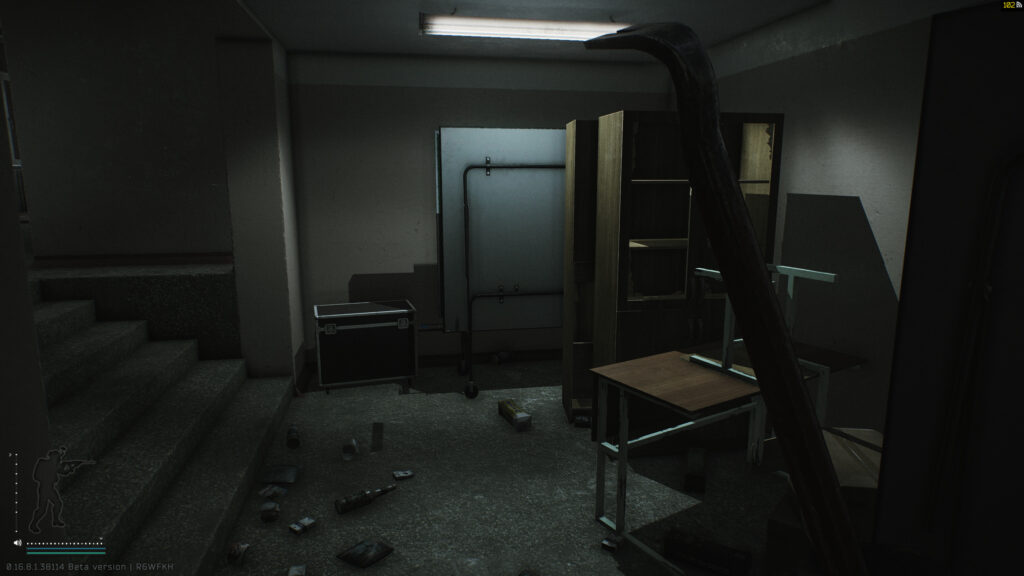
- “Soft” headsets: Gentle EQ; comfy for long outdoor runs (Woods, Shoreline exteriors). Downsides: can miss very faint indoor shuffles unless you slow down.
If you’re unsure, pick a balanced model as your default and swap “bright” for pure CQB days.
Map & Situation Picks
- Factory / Labs corridors: Bright headset to catch micro-movements, quick volume nudges for gunfights.
- Streets urban mix: Balanced headset to tame traffic and still hear stairwells and glass crunch.
- Woods / Lighthouse hills: Soft or balanced headset; focus on distant brush & gravel with less wind fatigue.
- Interchange interior: Bright inside, but drop volume one notch when rotating through parking to avoid roar.
Volume, Filters, and Fatigue
Too loud = worse hearing. Loud gunshots trigger auditory “masking” where your brain misses subtle cues for seconds after a bang. Run volume as low as you can while still catching a single foot tap. If your model has heavy compression, you can keep volume lower and still track pushes during nades.
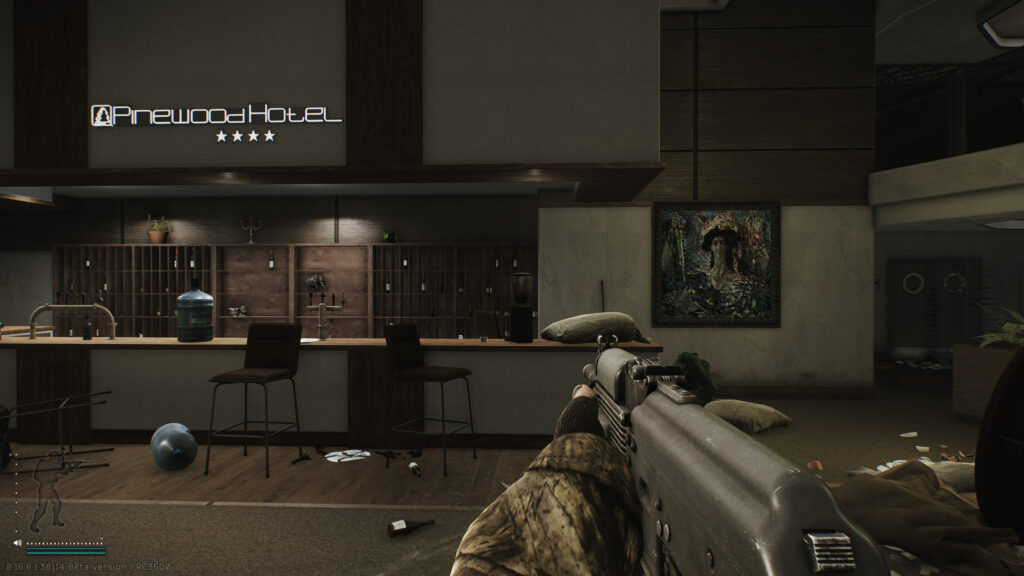
Footstep Literacy: Make Any Headset Better
- Surface dictionary: Wood (hollow clack), metal (ringing ting), concrete (flat slap), glass (tinkle). Drill these so you know where they’re moving without vision.
- Tempo tells intent: Sprint → push; walk → search; crouch → pre-aim. Prep utility based on tempo.
- Stereo staging: Tilt head & strafe micro to confirm whether sound is ahead or above.
- Silent windows: Heal/pack mags when environmental noise spikes (rain gusts, distant shots).
Headset + Helmet: The Tradeoffs
Some helmets muffle audio. If you’re running thick ear covers or a visor, expect reduced spatial clarity. Many players pair lighter lids (no ear protection) with a strong headset for maximum information—arguably better survivability than “more armor, worse hearing” in urban maps.
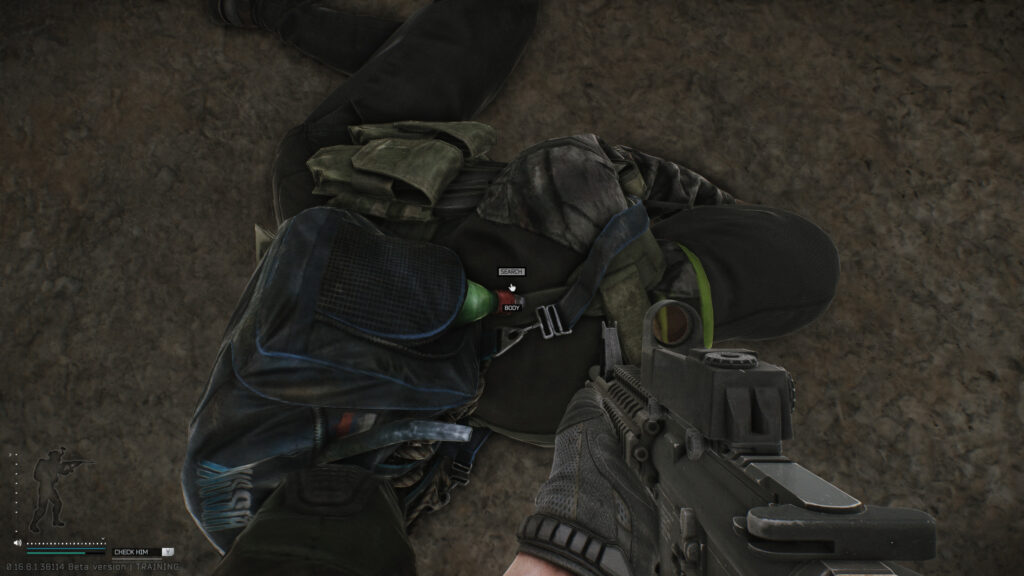
Quick Rules You Can Trust
- Inside? Go brighter and lower volume. Outside? Go softer/balanced to cut fatigue.
- After a frag or shot, wait half a beat; don’t sprint into your own masking effect.
- If wind/rain spikes, pause and listen—most players keep running and give you angles.
Conclusion
The “best” headset is the one tuned to your map and pace.
Use bright EQ for interiors, balanced for Streets/Customs, and softer profiles for long outdoor hunts. Keep volume sane, learn surface sounds, and you’ll start winning fights you never even saw.

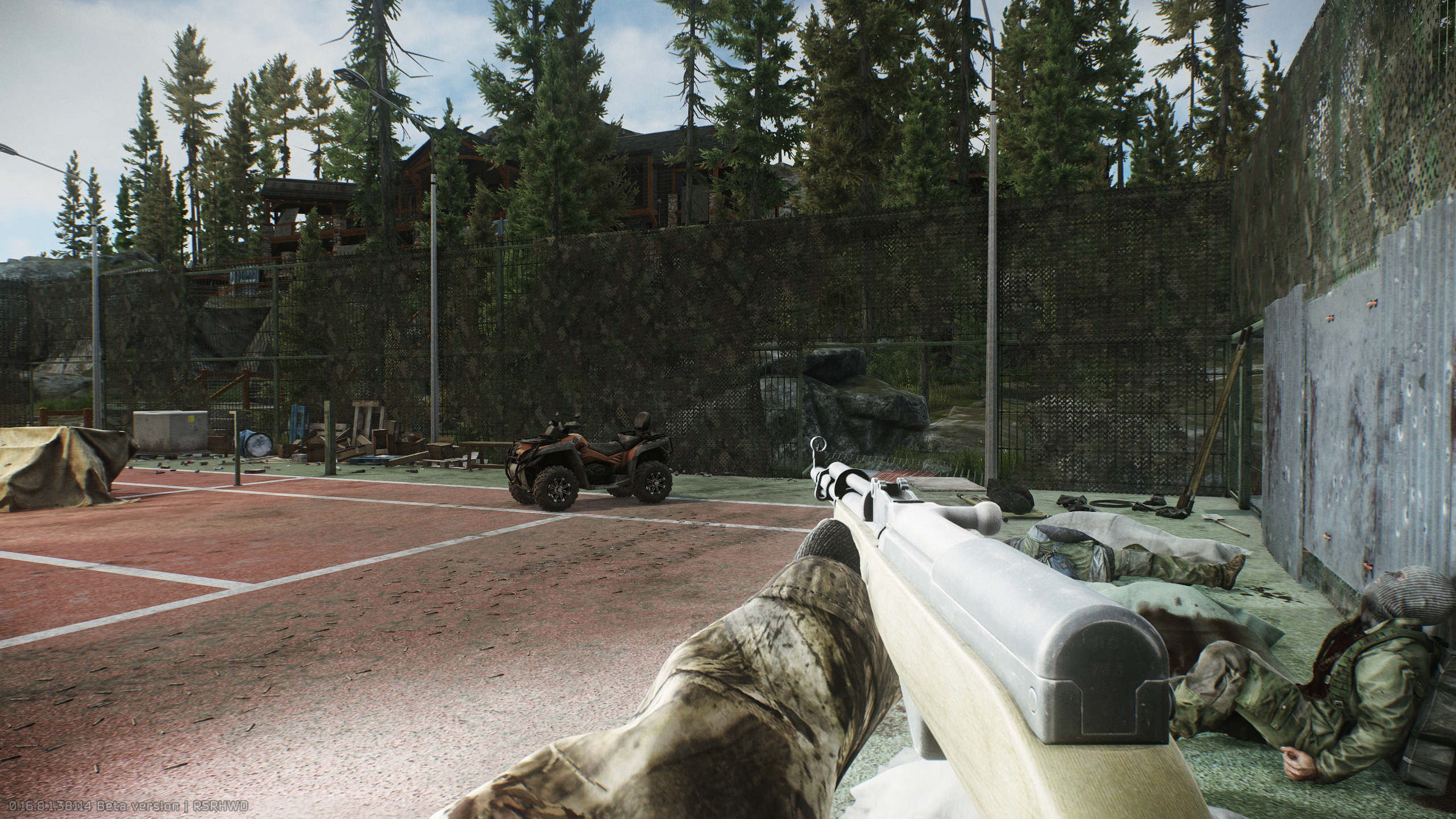



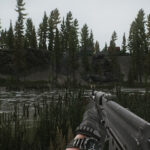
Leave a Reply